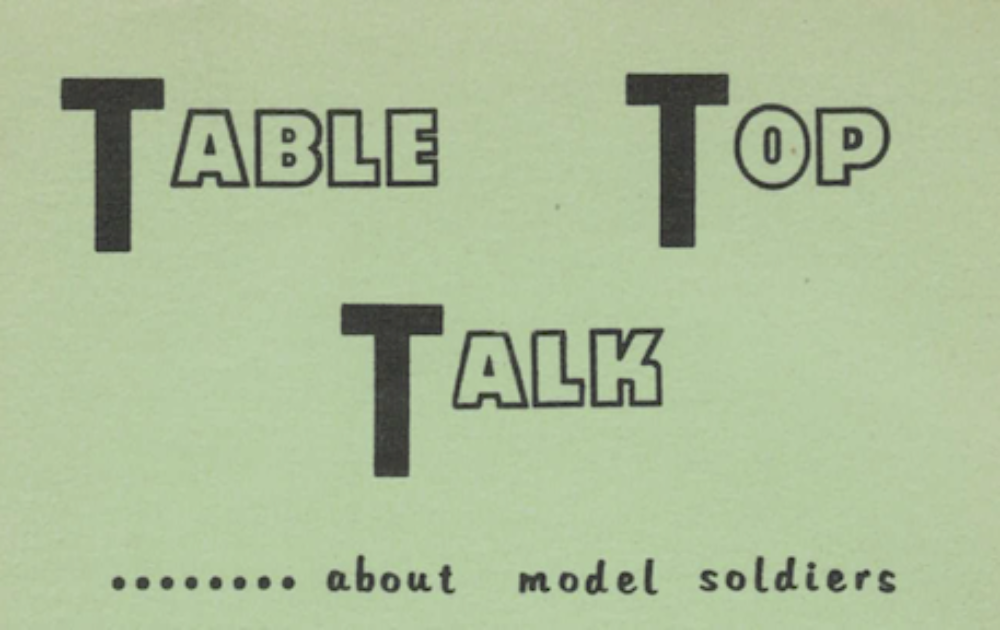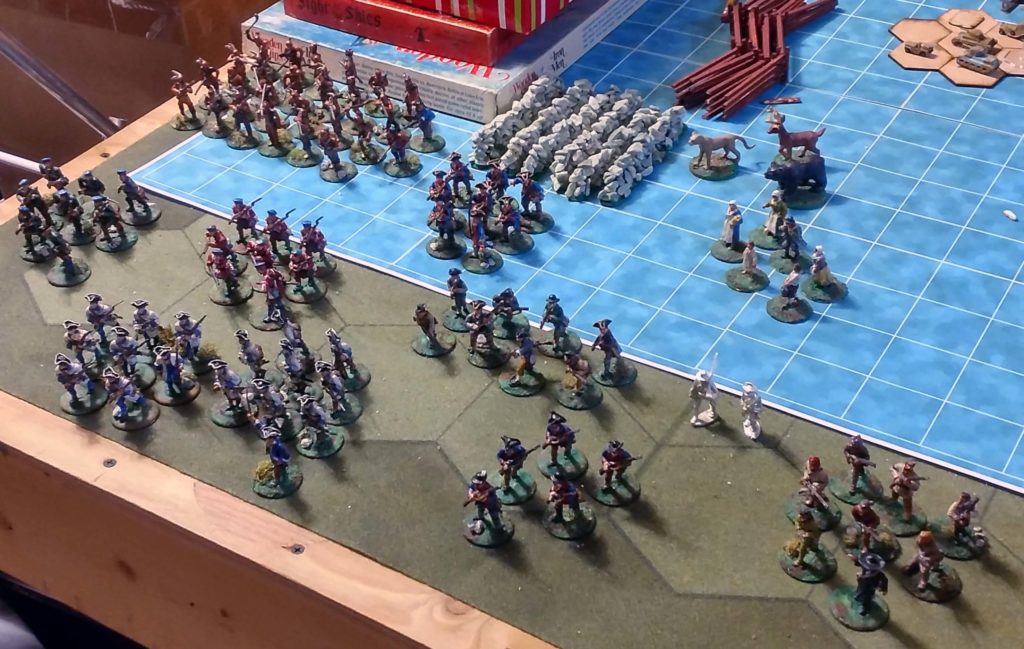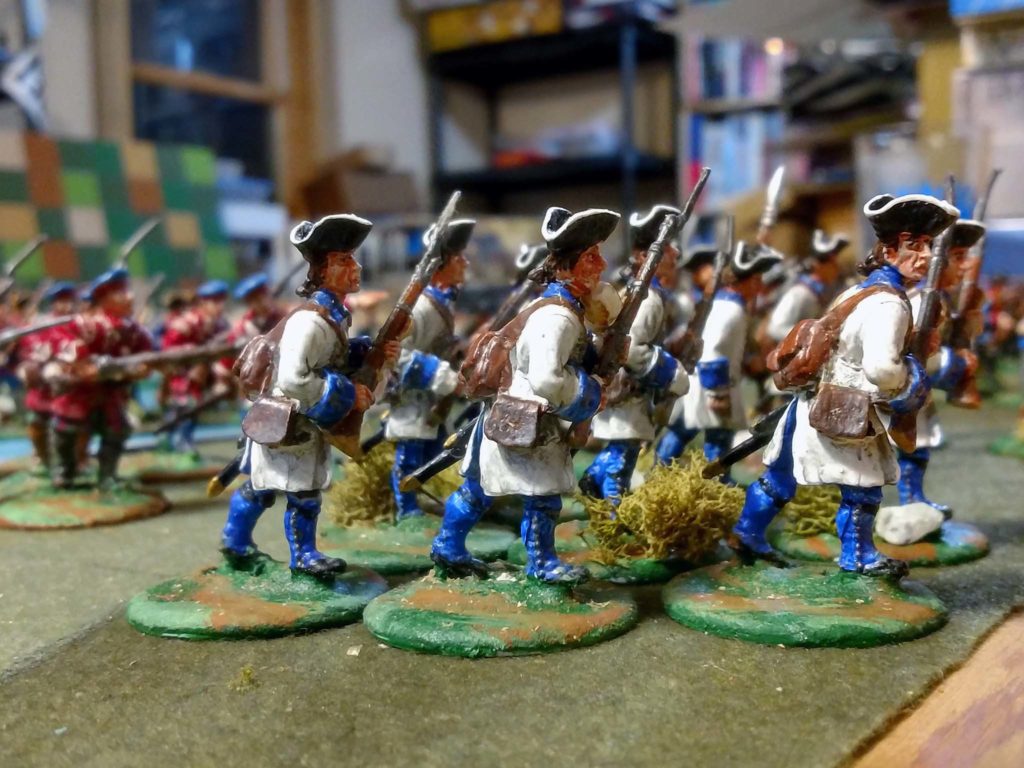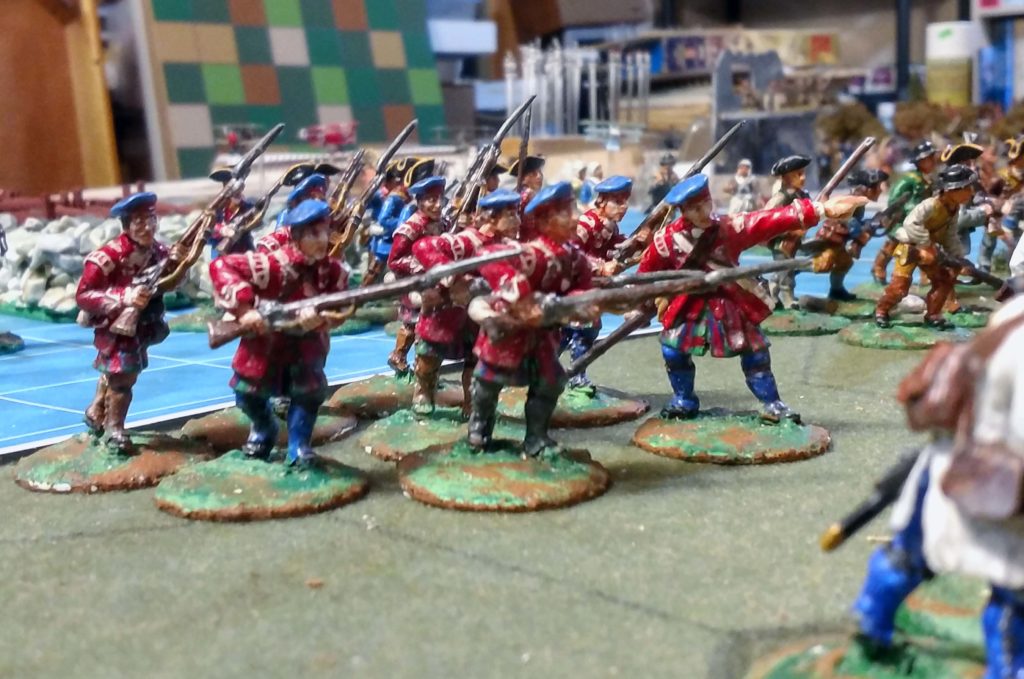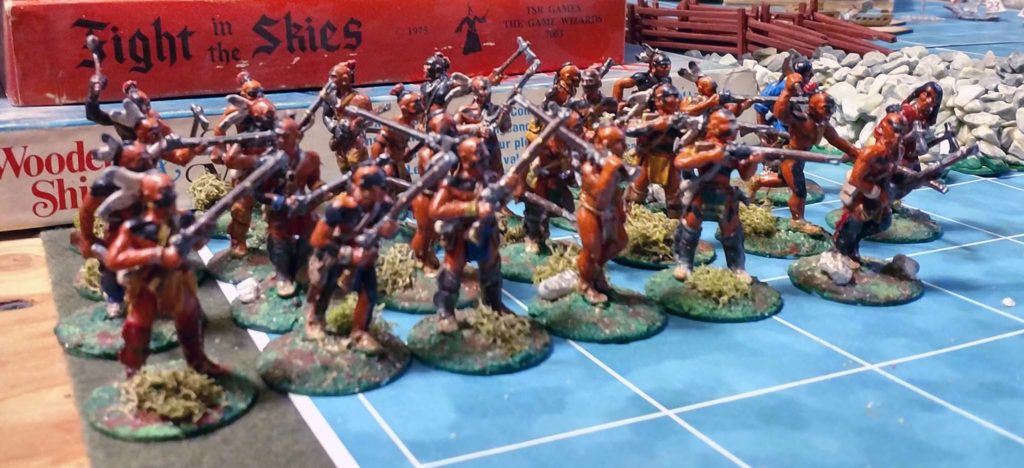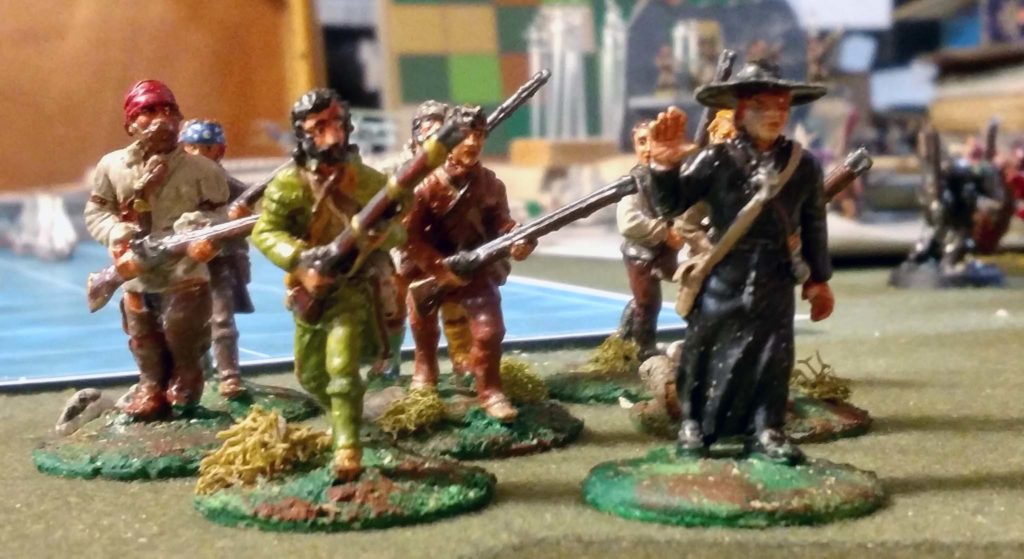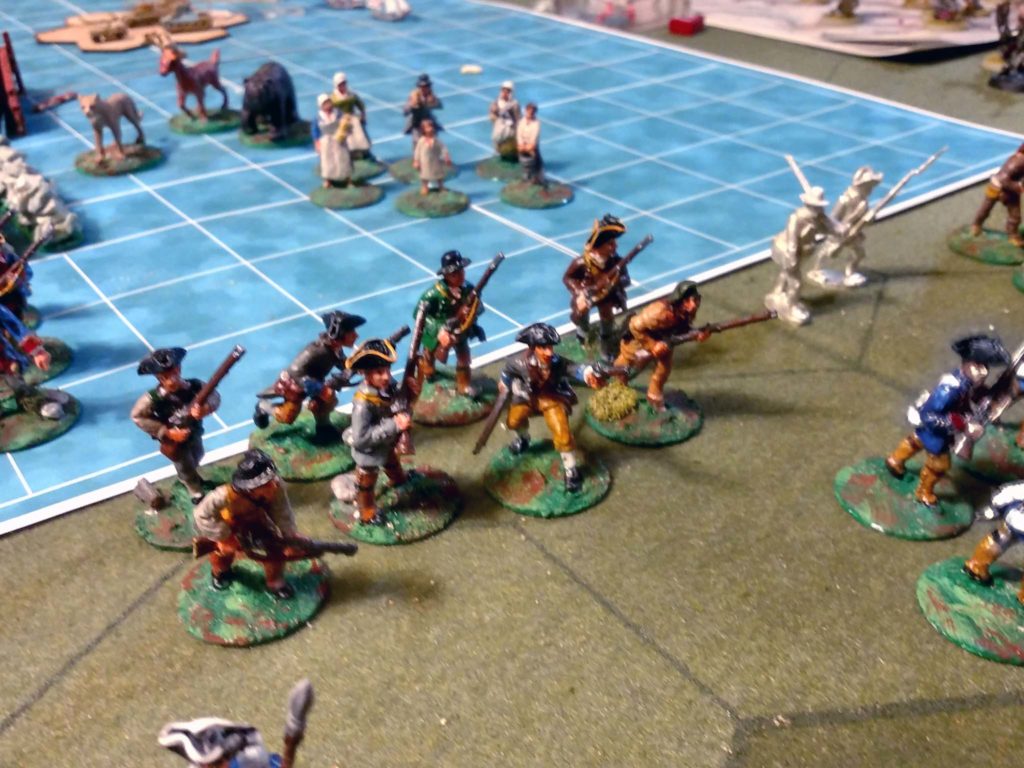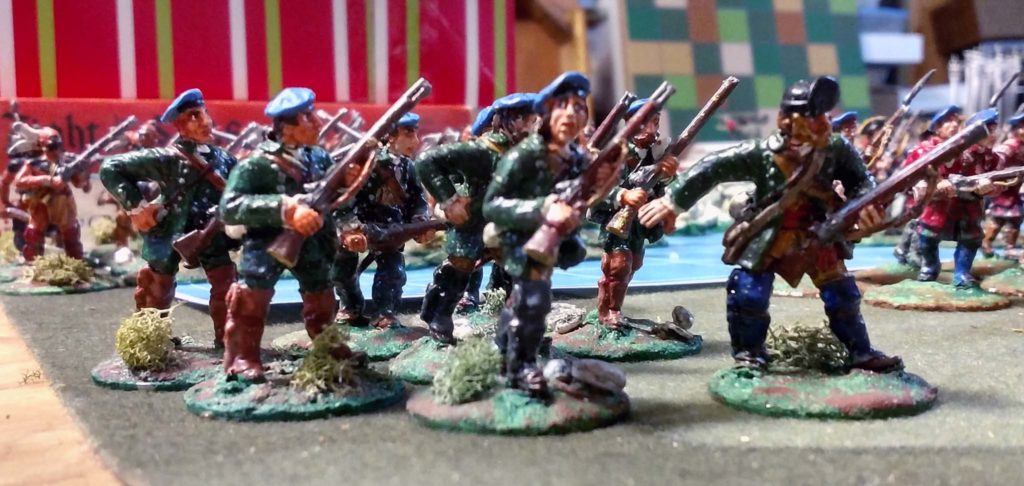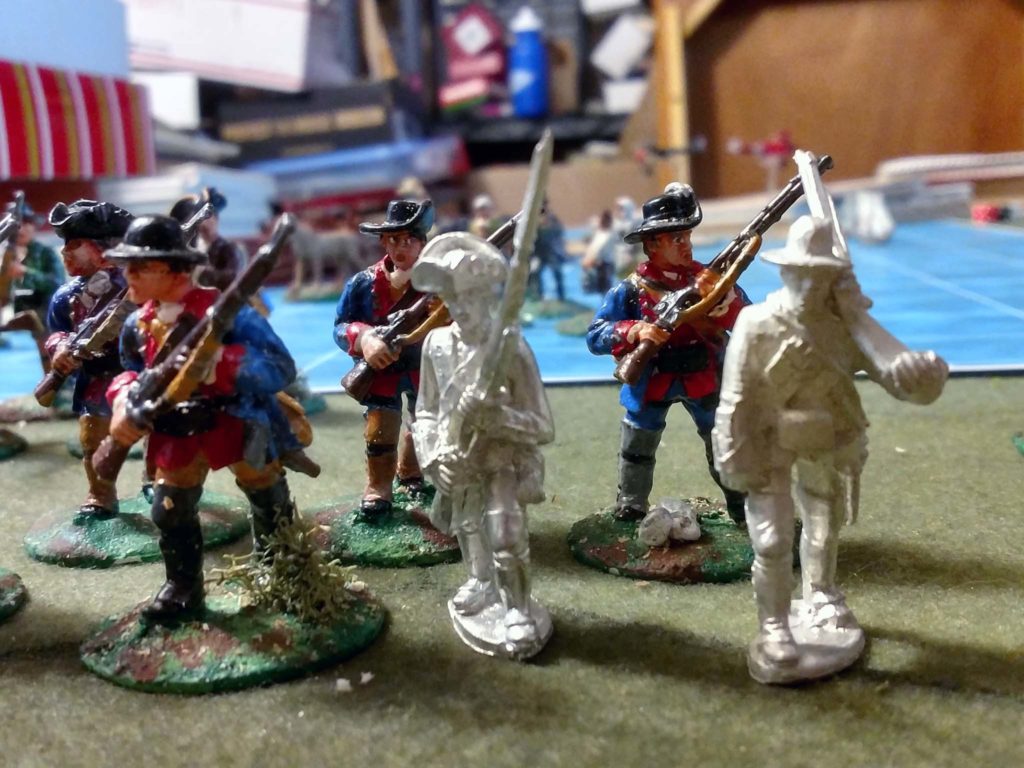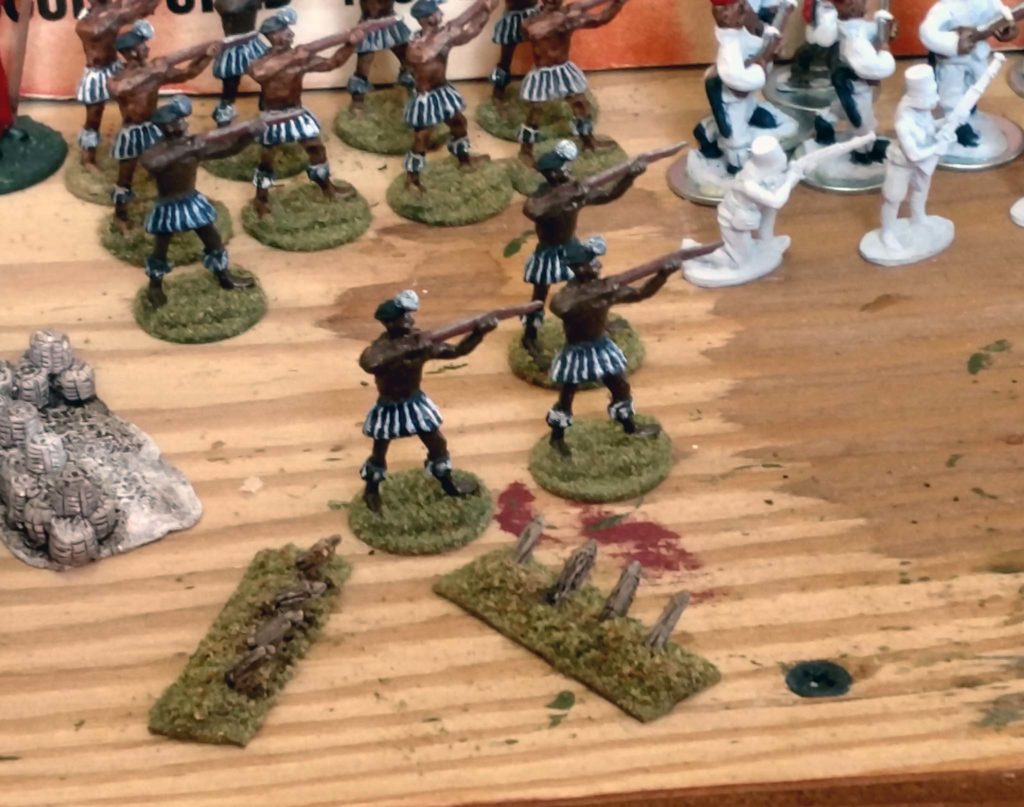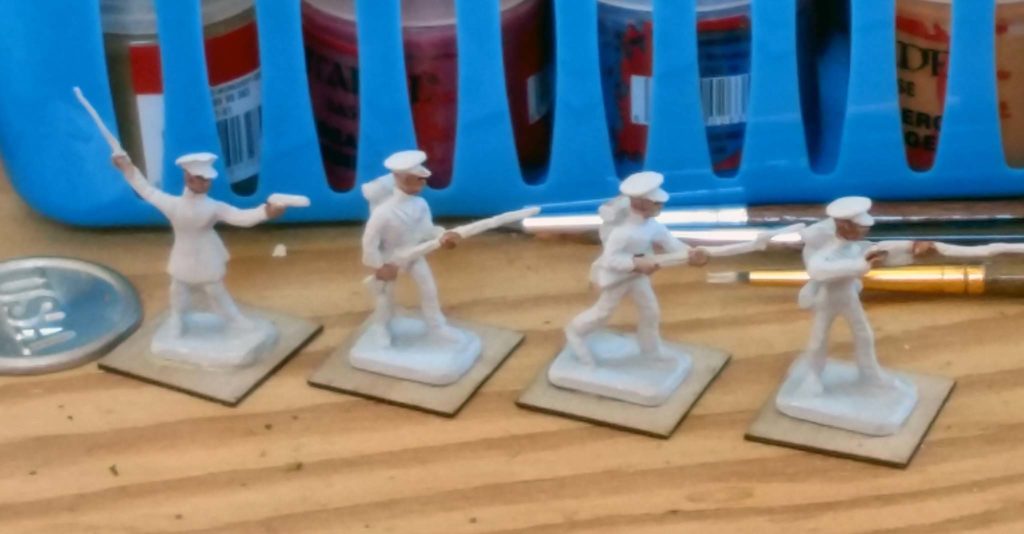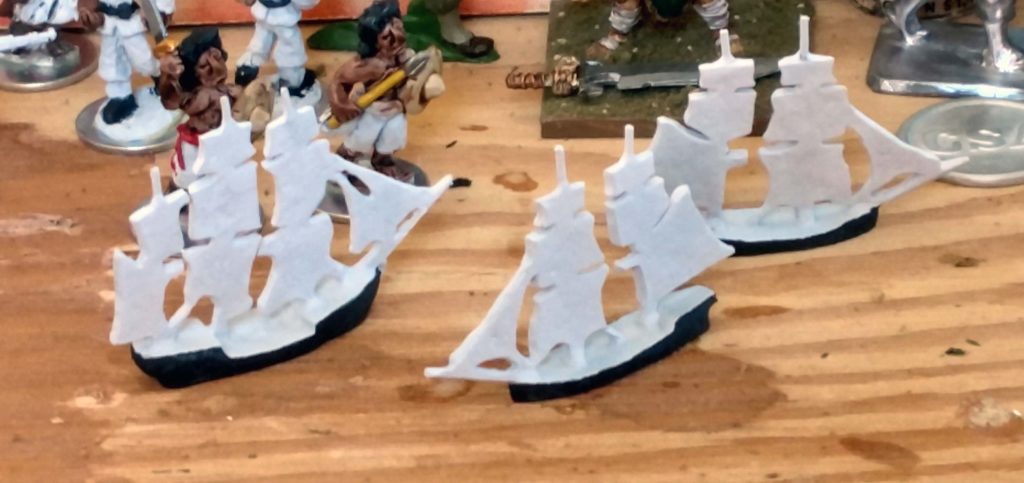A summary of a forgotten article by Joseph Morschauser…
The Time: Fall 1972. The Publication: Donald Featherstone’s Wargamers Newsletter #128, November 1972. Turning to page four (4) we find a regular section entitled: Counsels of War. For this issue the author is Joe Morschauser. Here we learn of Joe’s latest (1972) war gaming project…
Along with his other projects, Joe was planning on a very small modern (WWII being modern in this case) setup for use with restricted-time games, games that would last about two (2) hours. If one can’t fit in a massive sized WWII game, one must compromise and play what fits available time and space.
His idea was to use a tactical map to cover larger scale battles; he would then take out smaller pieces and play these battles out on the table-top. Examples described include: 1) An armored thrust consisting of no more than half-a-dozen tanks and related equipment with infantry setup for a meeting engagement with a rear guard section of a retreating army. 2) A deep penetration mission of the type fought in the western desert; to take out a fuel supply or ammon dump. These were the types of missions Joe was seeking to setup and play on a small table with limited time. Similar in concept to his earlier games set in Africa during the Great War.
Joe goes on to describe his proposed mix of equipment: the early, less powerful tanks of WWII (PZ III, Matildas and the like) plus the related Infantry types. Due to his dislike of moving individual figures the plan was to mount (infantry) figures in groups on stands. Rifle teams, MG teams and Mortar teams as the basis with AT teams as appropriate. The thought was that these team based stands would counter balance the power of the armored vehicles. As well, as making the game turns faster; fewer pieces to move allows for faster play.
Sounds like Joe had the formula he needed for his target game. I have yet to uncovered any related follow-up articles or letters on this same topic. As such we do not know how this game plan worked out…
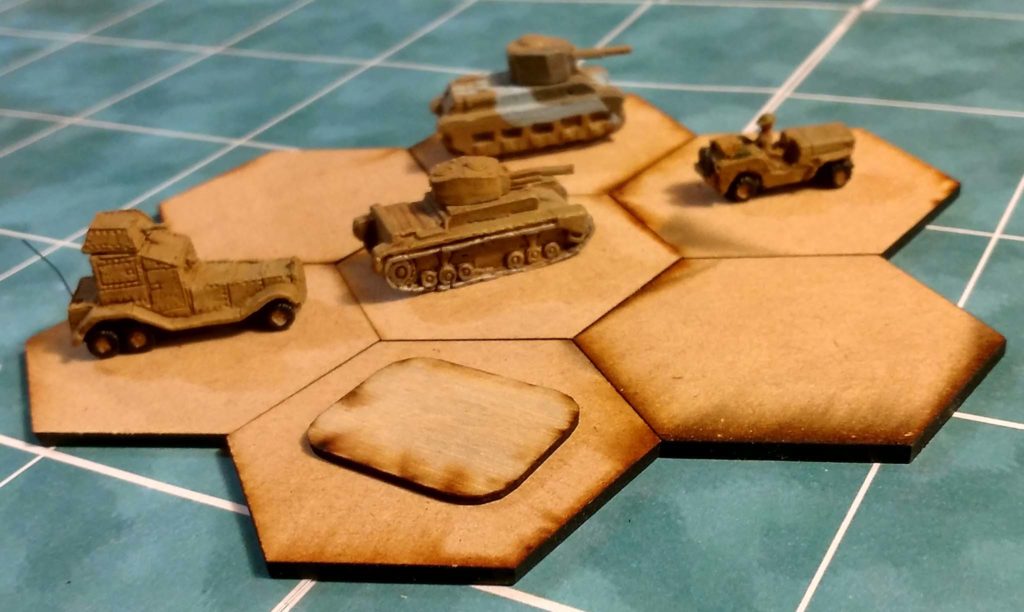
N-Gauge on 2″ hex grid
My first thought on reading this piece was that it matched quite well with a project I started several years ago. I was planning a very similar game using the Scruby N-Gauge figures. Not surprisingly the content of the line matches what Joe had in mind for his game. Perhaps Joe planned on using Scruby figures? (See a sampling of my Scruby N-Gauge figures above, no infantry, but a placeholder infantry team stand is shown) Finding this article puts me in the mind to revisit that abandoned project; doing something very much like Morschauser describes and my, revised, game will indeed be grid based. My treads and wheels are all, just about, good to go. It was my Infantry organization that never came together. I just never liked what I came up with (that’s why I didn’t include any in the picture above). My recent reading and doodling may finally bring me to an ideal Infantry organization (pretty much as described in Joe’s article). Additionally I’ve been working on a set of hex tiles to use on the game table (not sure if I’ll want 2” or 3” for the N-Gauge, but 3” would be more flexible overall, so they get a +1 for now). My target for game board space requirement is nothing larger than 4′ x 4′

Join the discussion on Facebook; join our Facebook group and discuss this or any other war game or miniatures related topic.
